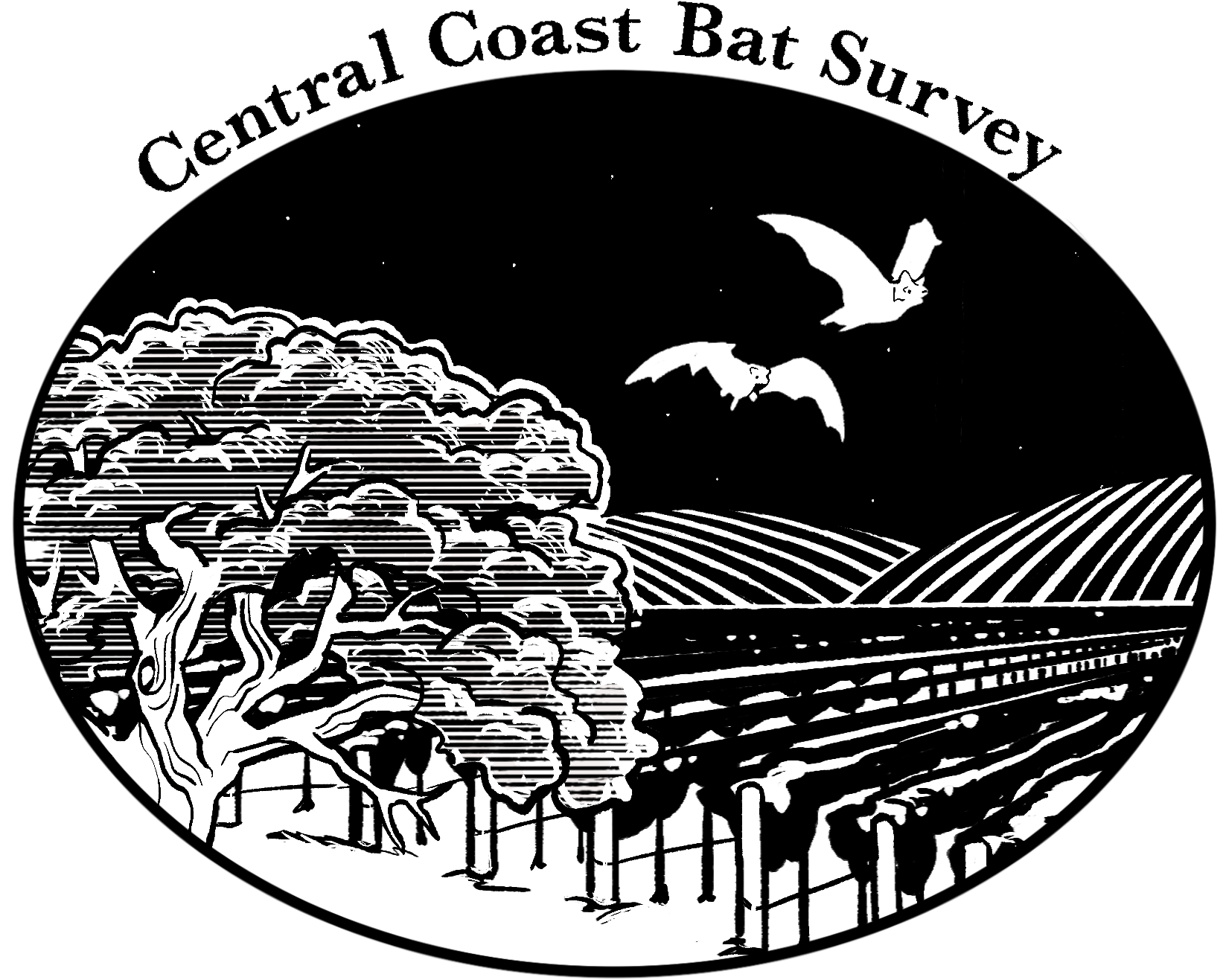Yuma Myotis (Myotis yumanensis)

Description:
The Yuma myotis is a medium-sized, small-eared bat with a relatively plain nose (e.g., it lacks a sophisticated leaf-like structure) and, in hand (aiding in identification from other similar small myotis species), it has an unkeeled calcar.
Color:
Myotis yumanensis has short fur with whitish or buffy underparts, contrasting only modestly with a generally pale gray to yellow or light red-brown back. Its dark membranes contrast strongly with the typically light-colored fur.
Range:
The distribution of the Yuma myotis in the United States includes the West Coast states of California, Oregon, and Washington; virtually all of Arizona, New Mexico, and Idaho; and portions of Nevada, Utah, Montana, Wyoming, and Colorado (excluding most of the Great Basin). In Canada, the Yuma myotis occurs through most of mainland British Columbia. Its distribution in Mexico includes central and western Mexico north of Jalisco and Guanajuato, as well as all of the Baja California peninsula.
Roosting:
When not near water over which to forage, these animals can be found in the thousands roosting in caves, attics, buildings, mines, underneath bridges, and other similar structures. Solitary males may seek refuge under loose tree bark.
Characteristics:
The small skull, jaws, and teeth of this, one of North America’s smallest bats, match well their preference for small, soft-bodied insects. The Yuma myotis is found in a variety of habitats – from the low desert habitats to cool, moist redwood canyons and coniferous forests – but perhaps more importantly. This species has an intimate association with open water. Within its range, the highest probability of its detection is in the vicinity of open water, including rivers, streams, ponds, lakes, and even stock tanks. The Yuma myotis may be the most water-associated bat in North America.
Feeding:
Myotis yumanensis is an insectivore that typically departs its roost just after darkness has fallen, when it begins to feed energetically for several hours before returning to its roost. The Yuma myotis has one of the shortest, most energetic feeding regimes of any North American bat. Typically seen and detected foraging over (or drinking) water, Yuma myotis favor soft-bodied insects, including moths, midges, termites, caddisflies, crane flies, mayflies, and other similarly-sized insects. They typically catch their prey by mouth but may also use their tail membrane as a “glove,” especially to catch larger prey items, including beetles.
Migration:
Females abandon nursery roosts by late summer/early fall; however, the migratory destinations of these animals are unknown. It is probable that there are several migratory strategies practiced by this species, including the transition from high elevation to low, inland habitats to more temperate near-coast environs and north-south migrations of limited distance that afford access to winter hibernacula, which are necessarily much cooler than maternity roosts.
Breeding:
Mating occurs in the fall, but ovulation and fertilization occur in the spring. Starting in April of each year, females aggregate to have their young in caves, abandoned buildings, or other cavernous structures that maintain relatively high (86° F. or higher – well into the 100-degree range) but consistent temperatures. They usually give birth to only one young, the birth of which typically occurs in May or June. Males are typically absent from maternity roosts and are often solitary or roost in small aggregates.
